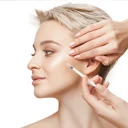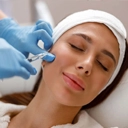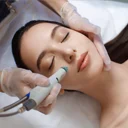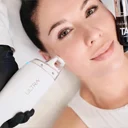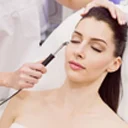What is Botox? How Long Does It Work?
What is Botox? How Long Does It Work?
Botox, one of the most well-known and preferred medical aesthetic applications, offers an effective method to combat the scars created by time on the face. Botox application, which provides a younger and rested appearance by targeting mimic wrinkles on the face, is used in the treatment of both aesthetic and some medical disorders.
However, many people do not have detailed information about what Botox is, how it works and most importantly how long its effect lasts. In this article, we will discuss the scientific basis of Botox, its application areas, mechanism of action and duration of permanence in all aspects.
Botoks (Botulinum Toksin) Nedir?
Botox Clostridium botulinum is botulinum toxin, a laboratory-purified protein derived from a bacterium called botulinum toxin. When used in very low and safe doses in medicine and aesthetics, it reduces muscle activity by temporarily blocking nerve signals at the nerve-muscle junction.
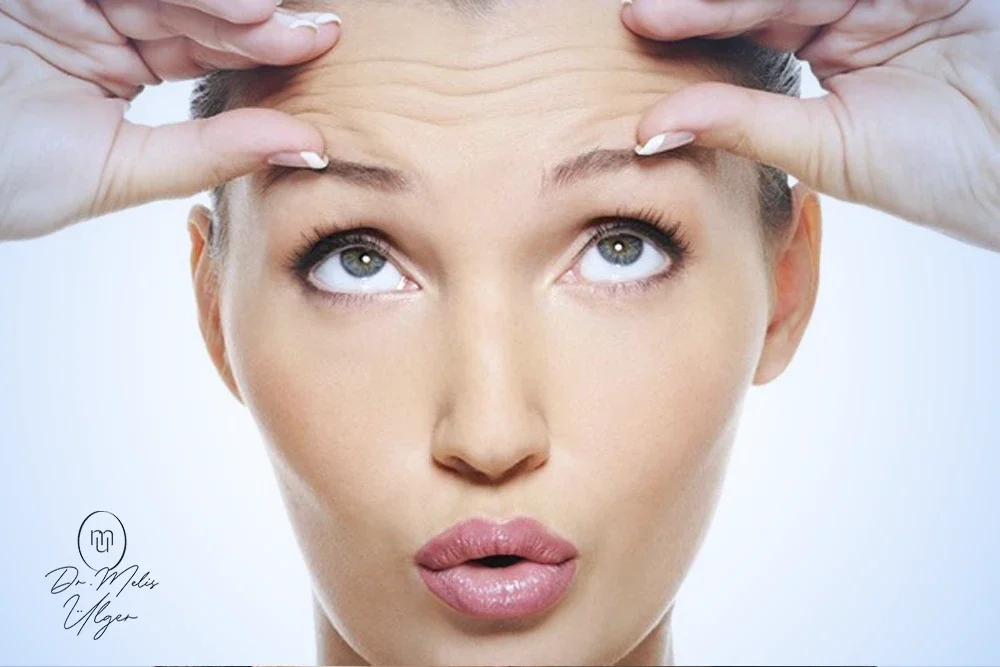
Origin and Medical Use of Botulinum Toxin
Botulinum toxin was initially used to treat neurological diseases such as strabismus, blepharospasm (eyelid twitching) and torticollis (neck muscle contraction). During this use, it was realized that the toxin also reduced wrinkles in the area where it was applied and thus its popularity in the aesthetic field began. Botox preparations, which are now available in the market under different trade names, have a wide range of uses for aesthetic and medical purposes.
Mechanism of Action of Botox
Botox temporarily blocks the release of a neurotransmitter called acetylcholine, which makes muscles contract. When the release of acetylcholine from the nerve end to the muscle fiber stops, the muscle cannot contract or its contractile strength decreases. In aesthetic applications, it is injected into the muscles that cause dynamic wrinkles formed by mimic movements on the face to relax these muscles. When the muscle relaxes, the skin over it is smoothed and wrinkles are visibly reduced or eliminated. This effect continues until new nerve endings form at the nerve-muscle junction.
Differences in Medical and Aesthetic Use
The areas of use of Botox are not limited to aesthetics. In the medical field; It is used therapeutically in many conditions such as chronic migraine, excessive sweating (hyperhidrosis), clenching teeth (bruxism), neck muscle spasms (cervical dystonia), bladder dysfunction. In aesthetic uses, lower doses and specific facial muscles are usually targeted, while in medical uses, dosage and application sites may vary depending on the type of disease. In both cases, the main mechanism of action is to temporarily reduce muscle activity.
Botoks Hangi Bölgelere Uygulanır ve Ne İşe Yarar?
In addition to facial mimic wrinkles, Botox is successfully applied in many different aesthetic and medical fields.
- Mimic Wrinkles on the Face (Forehead, Between the Eyebrows, Crow's Feet): The most well-known aesthetic use of Botox is for dynamic wrinkles on the face.
- Forehead Lines Horizontal forehead lines during brow lifting and expression.
- Lines Between the Eyebrows (Glabella): Vertical "11" lines in anger or concentration.
- Goose Feet Lines around the eyes caused by laughing or squinting. Botox injections in these areas significantly reduce the appearance of these lines or prevent their formation by preventing excessive contraction of the muscles.
- Neck and Décolleté Area: Vertical bands on the neck (platysmal bands) or known as "Nefertiti lift" can be used to achieve a firmer appearance on the neck and jaw line. It can also be used to lighten fine lines in the décolleté area.
- Treatment of Excessive Sweating (Hyperhidrosis): Excessive sweating in the armpits, hands and feet is a condition that negatively affects the quality of life. Botox stops sweat production by blocking the nerve signals to the sweat glands. This application provides a noticeable reduction in the sweating area and provides relief lasting approximately 6-12 months.
- Migraine and Bruxism (Bruxism) Treatment: In chronic migraine patients, Botox injections applied to certain points in the head and neck area can be effective in reducing the frequency and severity of migraine attacks. In people with teeth clenching (bruxism), Botox injections into the jaw muscles (masseter muscle) reduce the strength of the muscle, alleviate the habit of clenching and grinding teeth, reduce jaw pain and headaches, and can also help thin the lower part of the face.
Botoks Uygulama Süreci Nasıldır?
The application of Botox is usually a quick and easy procedure, but it involves certain steps for its correct application.
- Preliminary Evaluation and Personalized Planning: The first step is a detailed examination by an experienced physician. The physician evaluates the patient's facial expressions, muscle structure, depth of wrinkles and listens to their expectations. At this stage, the dose of botox to be applied to which areas is planned individually. The aim is to minimize wrinkles while achieving a natural appearance.
- Application Technique and Duration: The application areas are cleaned and prepared with antiseptic solutions. Before the procedure, local anesthetic cream can be applied to reduce sensitivity. Using very fine-tipped injection needles, Botox is injected directly into the targeted muscles. The procedure is usually completed in as little as 10 to 20 minutes. Pain sensation is usually minimal and well tolerated by most patients.
Preliminary Evaluation and Personalized Planning
The first step is a detailed examination by an experienced physician. The physician evaluates the patient's facial expressions, muscle structure, depth of wrinkles and listens to their expectations. At this stage, the dose of botox to be applied to which areas is planned individually. The aim is to minimize wrinkles while achieving a natural appearance.
Application Technique and Duration
The application areas are cleaned and prepared with antiseptic solutions. Before the procedure, local anesthetic cream can be applied to reduce sensitivity. Using very fine-tipped injection needles, Botox is injected directly into the targeted muscles. The procedure is usually completed in as little as 10 to 20 minutes. Pain sensation is usually minimal and well tolerated by most patients.
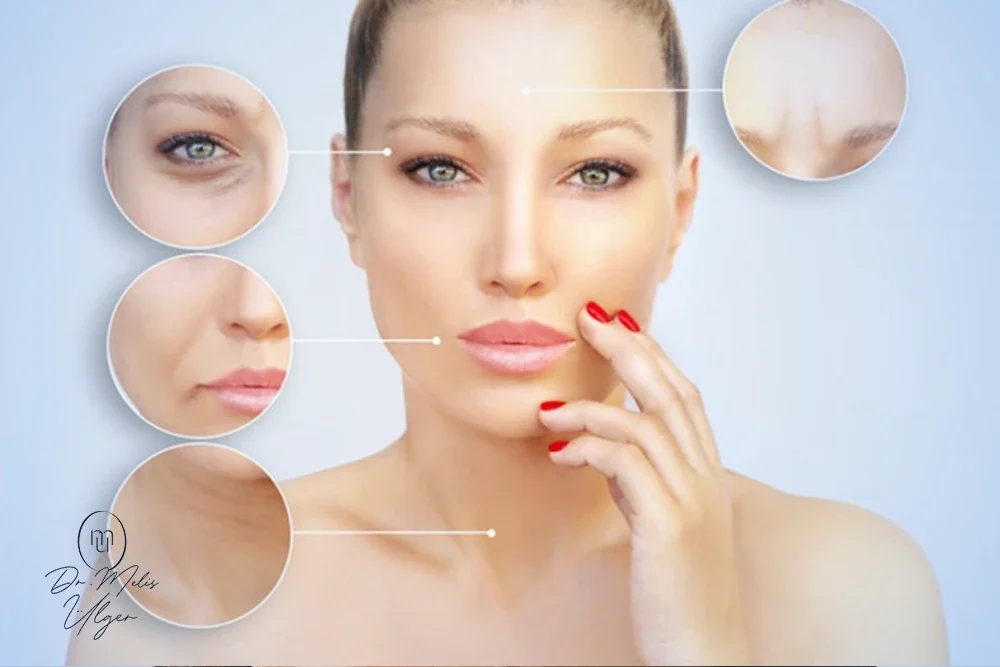
Things to Consider After the Procedure
It is important to pay attention to some points after Botox application to get the best results and minimize possible side effects.
- The application area should not be massaged or rubbed for the first 4-6 hours.
- Lying in a horizontal position should be avoided for the first 4-6 hours and the head should be kept upright.
- Activities such as heavy exercise, alcohol consumption, sauna, Turkish bath or hot shower should be avoided in the first 24 hours.
- It is generally recommended to wait for the first 4-6 hours for make-up application. Following these rules ensures that the injected Botox is placed in the right muscles.
Botoksun Etki Süresi ve Kalıcılığı
The effect of Botox application is not permanent and muscle activity returns after a certain period of time. This period varies from person to person and depending on some factors.
Start and Peak of Impact
There is no immediate effect after a Botox injection. It takes time for the toxin to act on the muscles and block the nerve signal. Usually the first effects are seen within 2-3 days. The full effect and maximum reduction of wrinkles occur within 10-14 days.
Average Duration of Effect
The average duration of effect of Botox in aesthetic applications is 4 to 6 months. However, this period may vary from 3 to 8 months depending on personal factors. In medical applications such as sweating treatment, the duration of effect can extend up to 6-12 months.
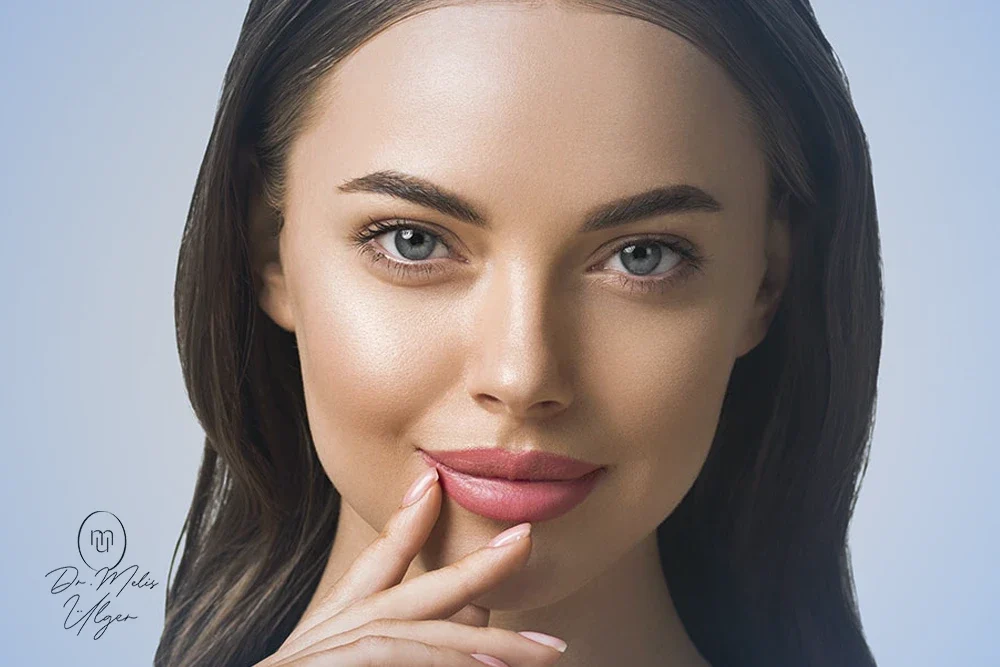
Botoks Tedavisinin Olası Yan Etkileri ve Güvenliği
Botox is a very safe treatment method when applied in appropriate doses and with the right technique. However, as with any medical procedure, it may have some side effects.
General Side Effects (Bruising, Swelling, Pain):
Mild redness, swelling, tenderness or bruising may occur at the injection site. These side effects are usually mild and go away on their own within a few days. Cold compresses may relieve these symptoms.
Rare Serious Side Effects
Very rarely, more serious side effects can occur due to incorrect injection technique or spread of the toxin. These include droopy eyelids (ptosis), droopy eyebrows, asymmetry or double vision. Such side effects are usually temporary and resolve within a few weeks.
Ways to Minimize Side Effects
The most important way to minimize side effects is to have Botox application performed by experienced physicians who are experts in their field, in a sterile and safe clinical environment. The physician's knowledge of anatomy and application experience significantly reduces the risks. It is also important to inform your doctor about your complete health history and medications you are taking before the procedure.
The Importance of Practitioner Expert Selection
Botox injections are a medical procedure and should only be administered by authorized physicians. Applications performed in cheap or under the stairs places can carry serious health risks and lead to undesirable aesthetic results. The use of quality products and the physician's aesthetic perspective are decisive for natural and safe results.
Write to Us
Let's Create Your Appointment Now
Factors Influencing Impact
Applied Dose
The dose of Botox applied directly affects the duration of effect. The effect may be short-lived in areas where an insufficient dose is applied.
Metabolic Rate of a Person
Each individual's body metabolizes the toxin at different rates. People with fast metabolism may have a shorter duration of action.
Mimic Frequency and Muscle Strength
People who use facial expressions frequently or have a strong muscular structure may experience an earlier reduction of the effect.
Lifestyle
Factors such as smoking, excessive sun exposure and intense exercise can also negatively affect the permanence of the effect.
The Importance of Repetition Practices
As the effect of Botox wears off, wrinkles gradually begin to return. To maintain the young and smooth appearance achieved, it is recommended to repeat applications at regular intervals. Repeats, usually every 4-6 months, prevent the muscles from completely regaining their former strength and prevent wrinkles from deepening. Long-term and regular applications may also help prolong the duration of the effect in some people.

Contact Now for a Holistic Approach to Your Health
Botox applications Contact us for more information, to create a customized treatment plan or to schedule an appointment.

